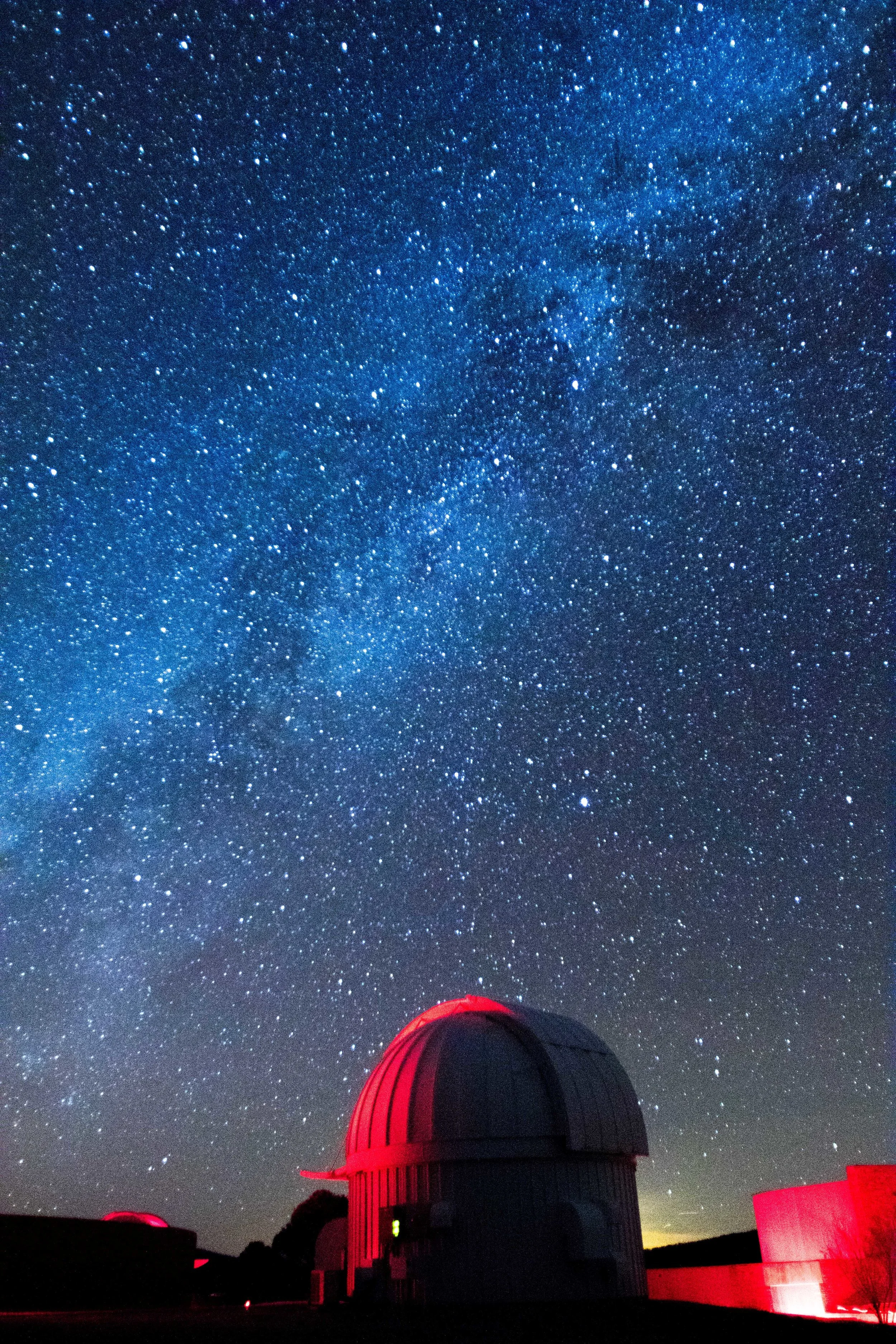Overview
Biscayne National Park covers over 172,000 acres with over 95% of the park underwater; It is considered a watery wonderland. The park protects a rare combination of aquamarine waters, emerald islands, wildlife and coral reefs. Biscayne National Park is a great place for outdoor water-based recreation—or just relaxing if you’re visiting southern Florida.
Accessibility
Biscayne visitor center is within an hour drive from both Miami and Fort Lauderdale. However, the majority of the park can only be accessed via boat or kayaking so please be prepare to book a snorkeling/kayaking/canoeing tour if you plan to visit Biscayne. All the tours are for kids over 8 except for the Boca Chita Island tour, therefore if you have little ones, you have limited access to the park.
Park Highlights
Boca Chita Island Tour – We booked a 3 hours tour of Boca Chita Island, and it takes 45 minutes to travel to Boca Chita Island each way, this leaves you a little more than 1 hour to explore and enjoy the beautiful small island. The Boca Chita Island tour is run by a non-profit organization, and there are two tours per day. You can book the tour online or at their office next to the visitor center. As tip, booking tours at the office is cheaper than online. You can check out the different tours that are offered here .
Exploring the mangroves – We spent hours kayaking around the mangroves near the visitor center and absolutely enjoyed all the wildlife that came out to meet us. We saw many fishes, red crabs, pelicans, but couldn’t find the famous manatees that other people were lucky to see. Kayaks are available for rental at the visitor if you cannot bring your own.
Lodging
There are two campgrounds in the park, but both are on an island that requires a private boat ride. We stayed at a hotel in Homestead since RV parks/resorts prices are as much as hotel. Please plan your lodging in advance if you decide to visit the park during peak-winter season.
Closest Cities to the Park:
Two closest big cities to fly into to visit Biscayne are Miami and Fort Lauderdale. The closest city for lodging is Homestead. If your visit is during peak season, please make sure you plan in advance and be prepare to pay a premium for basic lodging.
Recommended Length Stay: At least 3-5 days if you can charter a boat and camp at Boca Chita Island.
2-3 days if you want to visit Boca Chita Island and take a snorkeling/kayaking/paddle boarding tour.
Would we be back? Definitely yes, whenever we are in Miami, we will have to stop by here to snorkel in the pristine water.























